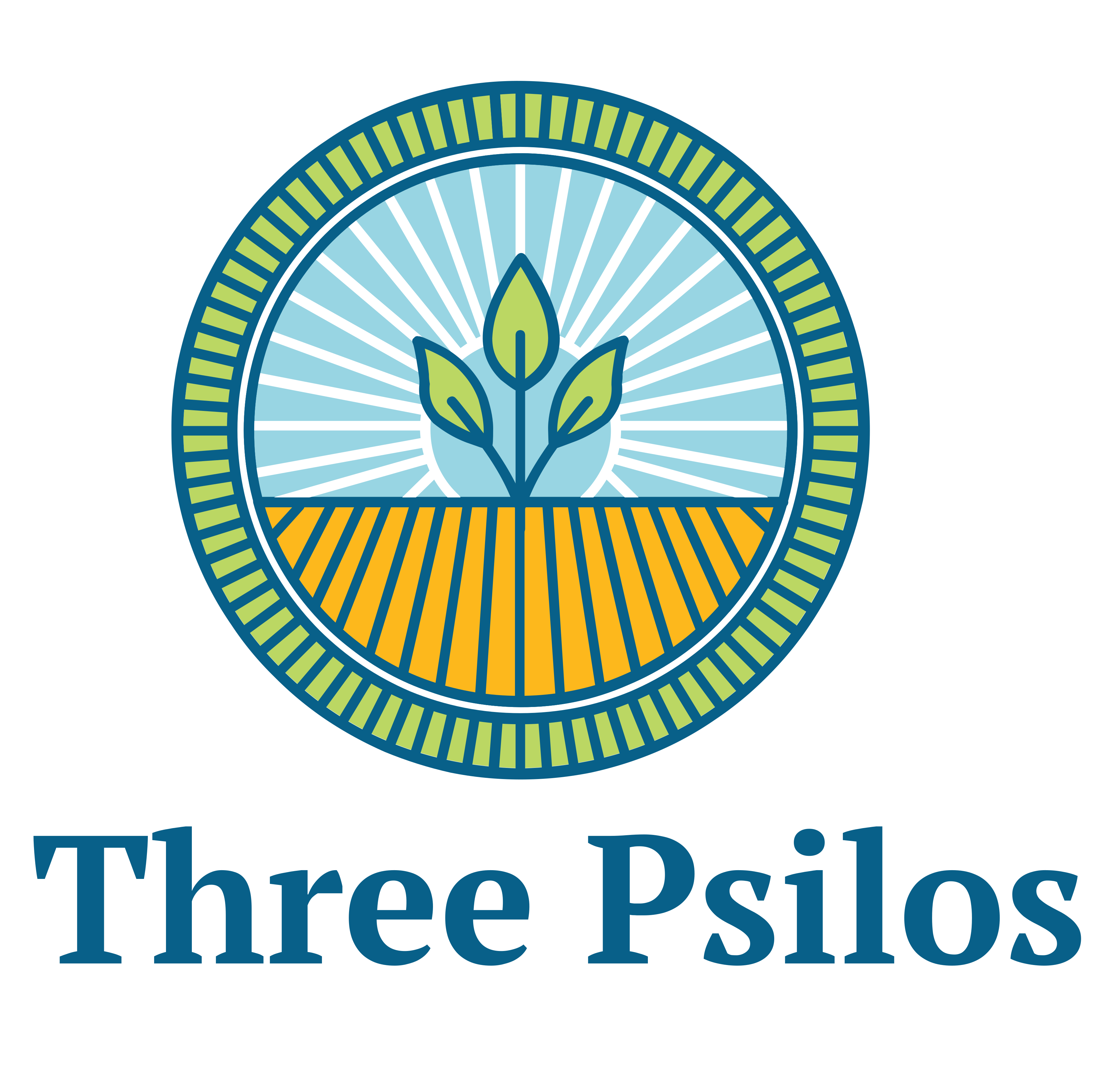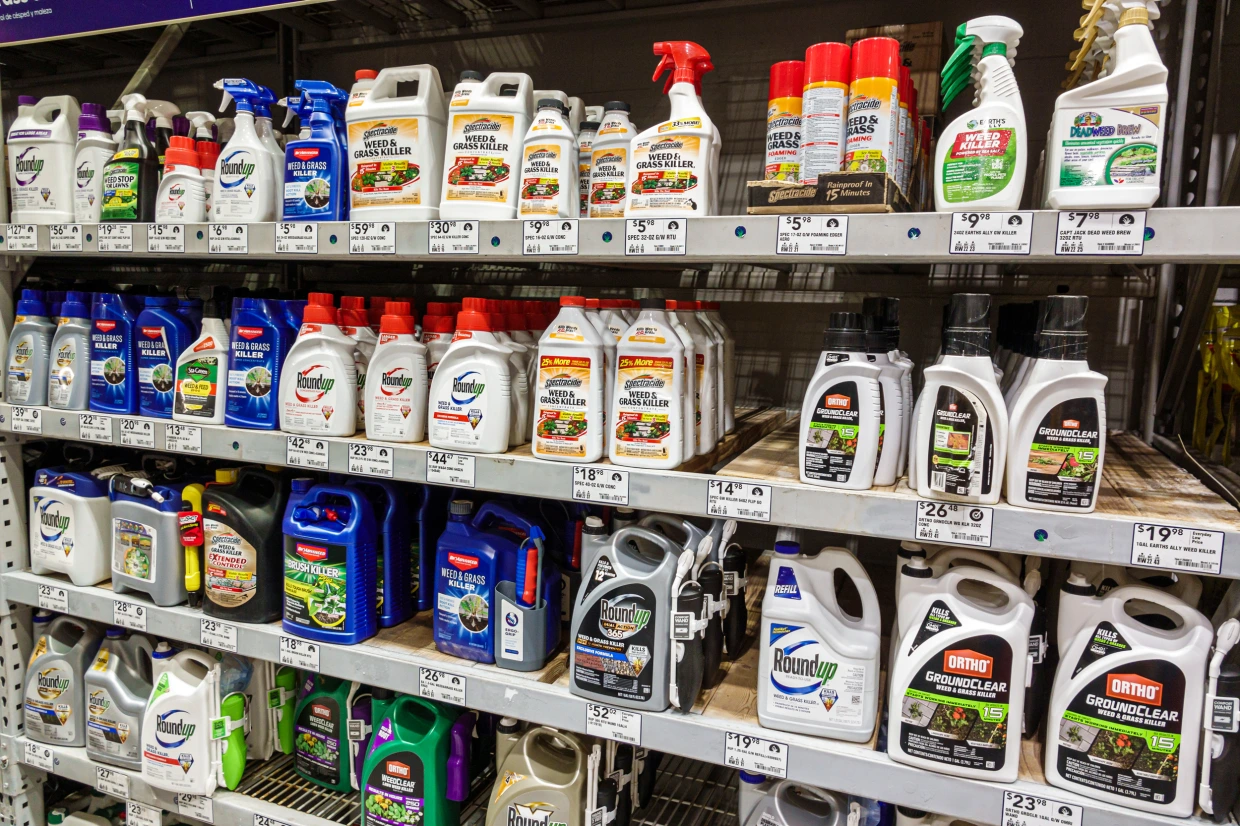Comparing the effectiveness of RoundUp’s two herbicide formulations containing triclopyr, fluazifop-P-butyl, and diquat dibromide, as Red, to those containing glyphosate, as Purple, involves considering the specific weeds targeted, their modes of action, and the conditions under which they are used.
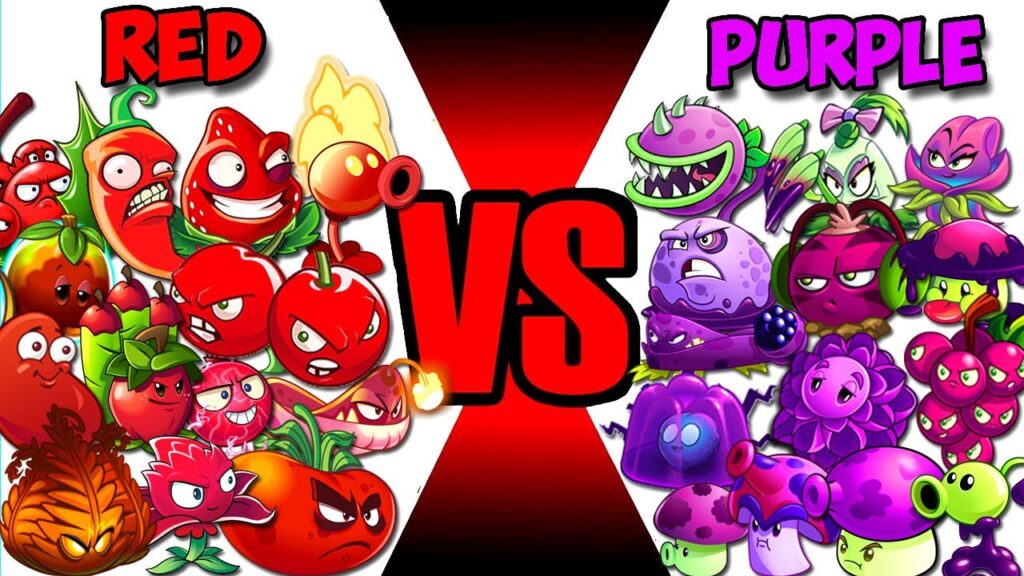
Here’s a breakdown:
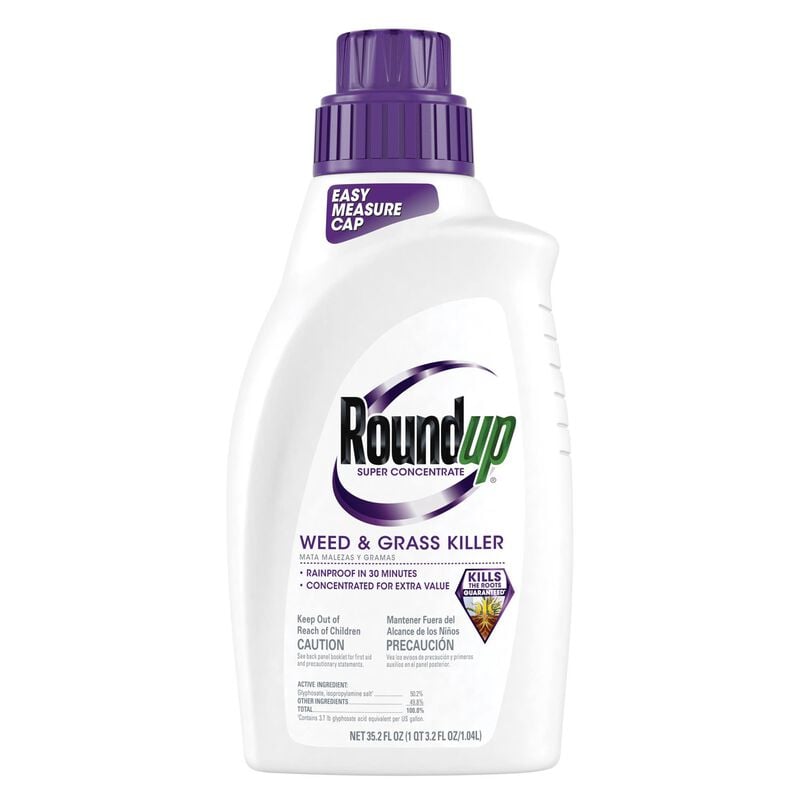
Glyphosate
- Mode of Action: Glyphosate is a non-selective, systemic herbicide that inhibits the EPSP synthase enzyme, which is crucial for plant growth.
- Effectiveness: It is effective against a wide range of annual and perennial weeds and grasses. It translocates throughout the plant, killing it entirely, including the roots.
- Application: Used widely for general weed control in various settings, including agriculture, forestry, and residential areas.
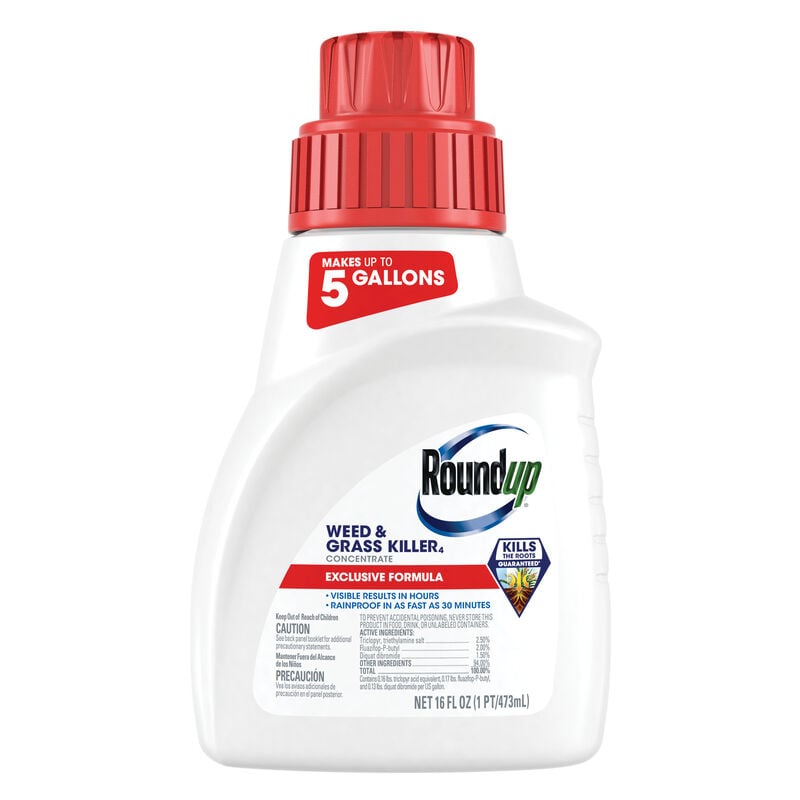
Triclopyr
- Mode of Action: Triclopyr is a selective, systemic herbicide primarily used for broadleaf weeds and woody plants. It mimics plant growth hormones, causing uncontrolled growth and ultimately plant death.
- Effectiveness: Highly effective against broadleaf weeds, woody plants, and brush. It does not harm grasses, making it useful in grasslands and pastures.
- Application: Often used in forest management, right-of-way maintenance, and grasslands.
Fluazifop-P-butyl
- Mode of Action: Fluazifop-P-butyl is a selective, systemic herbicide targeting grass species. It inhibits lipid synthesis, essential for cell membrane development in grasses.
- Effectiveness: Effective against a wide range of annual and perennial grass species. It does not affect broadleaf plants.
- Application: Commonly used in settings where broadleaf plants need to be preserved, such as ornamental beds and certain crop fields.
Diquat Dibromide
- Mode of Action: Diquat dibromide is a non-selective, contact herbicide that disrupts cell membranes, causing rapid wilting and desiccation of plants.
- Effectiveness: Provides quick burndown of a wide range of weeds. However, it does not translocate, so it may not kill perennial weeds’ roots.
- Application: Used for rapid vegetation control, often in aquatic environments and as a pre-harvest desiccant in certain crops.
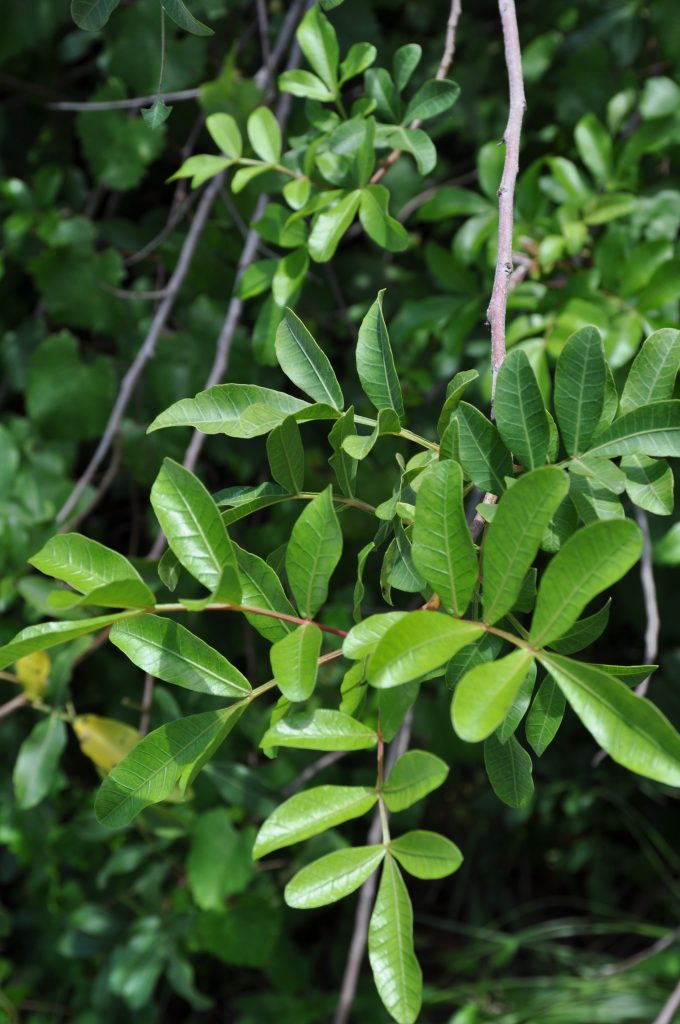
Non-Fruiting Brazilian Peppertree – Cut & Treat (per 12 in. of height)
Treatment for one Brazilian Peppertree, per foot of its height. Includes cutting of all branches at the base, herbicide treatment of the resulting stump, and preparation for removal to landfill. Does not include removal of waste to landfill.
Add the quantity of feet in height of your Brazilian Peppertree to your cart, e.g. a 10 foot tall tree needs a quantify of 10 added to your cart.
Performance Comparison
- Speed of Action: Diquat dibromide acts very quickly, often within hours to a day. Glyphosate takes longer to show effects, typically several days to a week, but it is more thorough.
- Systemic vs. Contact: Glyphosate, triclopyr, and fluazifop-P-butyl are systemic, providing long-lasting control by killing the entire plant, including roots. Diquat dibromide is contact-only, offering rapid but temporary control.
- Target Specificity: Glyphosate is non-selective, making it effective for broad-spectrum weed control. Triclopyr is best for broadleaf and woody plants, fluazifop-P-butyl is for grasses, and diquat dibromide is non-selective but only kills the plant parts it contacts.
- Residual Activity: Glyphosate and triclopyr can have residual effects that prevent regrowth. Diquat dibromide does not have residual activity, so weeds may regrow from roots or seeds.
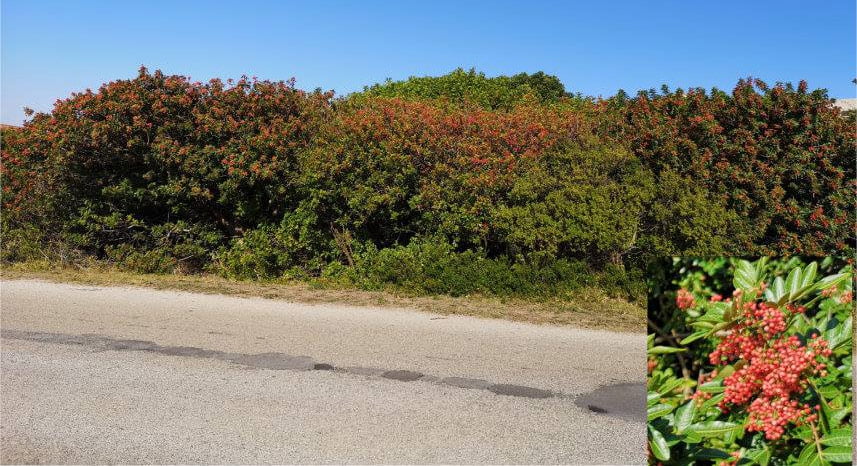
Fruiting Brazilian Peppertree – Cut & Treat (per 12 in. of height)
For the treatment of one fruiting Brazilian Peppertree, per foot of height.
For an eight foot tall Peppertree, you will need a quantity of ‘8’ of this product added to your cart.
Reminder
When using herbicides, it’s crucial to exercise safety, diligence, and care to protect both human health and the environment:
- Always follow the manufacturer’s instructions, wear appropriate protective gear.
- Apply the herbicide only to targeted areas to avoid unintended damage to non-target plants and wildlife.
- Consider the weather conditions and avoid application when there is a risk of runoff or drift.

Site Ecology Recommendation
Three Psilos, Inc. has a mission to restore Central Florida’s xeric upland Sandhill and Scrub communities on the Lake Wales Ridge, and on all the ridges… one day at a time.
We use “Applied Ecology” to help heal the land by introducing, removing, or managing certain species in effort to gain even more of our desired endemic species. If you live on or around the Lake Wales Ridge, or…
For optimal results and to ensure ecological balance, we recommend hiring an Ecologist or and Ecology Technician from Three Psilos Inc. Their expertise can help you create the world you’ve always wanted by implementing effective, sustainable land management practices.
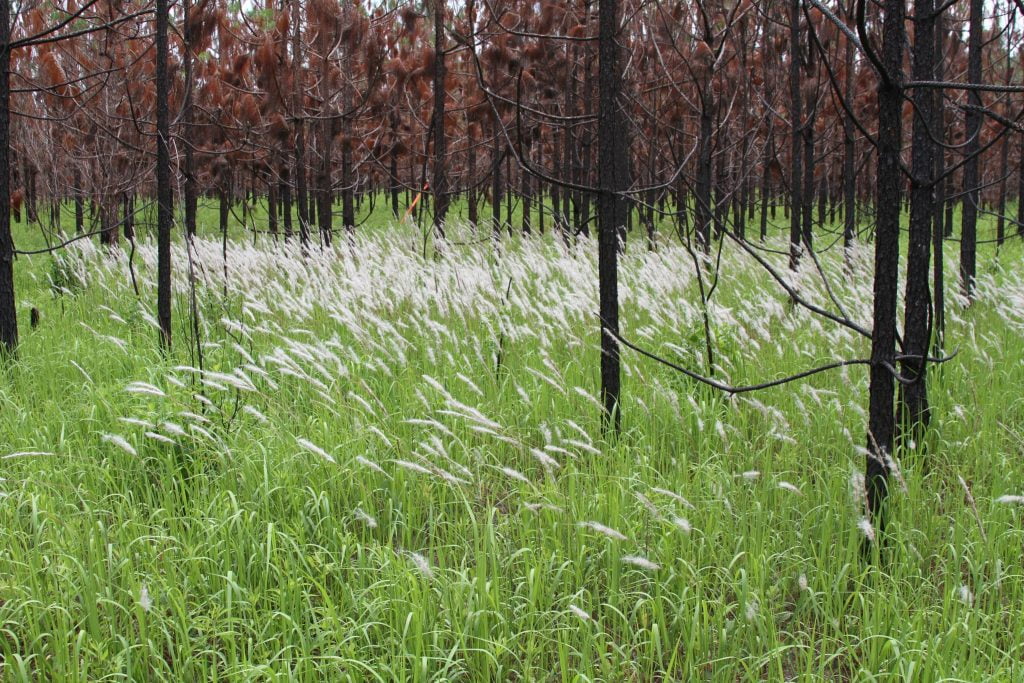
Cogongrass Treatment (per 1,000 sq.ft./93 sq.m.)
Treatment of your Cogongrass infection, which includes three site visits with hand-applied spot treatments by Florida ecologist.
Conclusion
From a strictly performance standpoint, the choice between these herbicides depends on the specific weed species present and the desired outcome:
- Glyphosate is versatile and effective for comprehensive control, especially for mixed weed populations.
- Triclopyr excels in targeting broadleaf and woody plants without harming grasses.
- Fluazifop-P-butyl is ideal for selective grass control.
- Diquat dibromide provides rapid knockdown for immediate results but lacks long-term control.
Each herbicide has strengths and weaknesses, so the best choice depends on the particular weeds being targeted and the context of the application.
